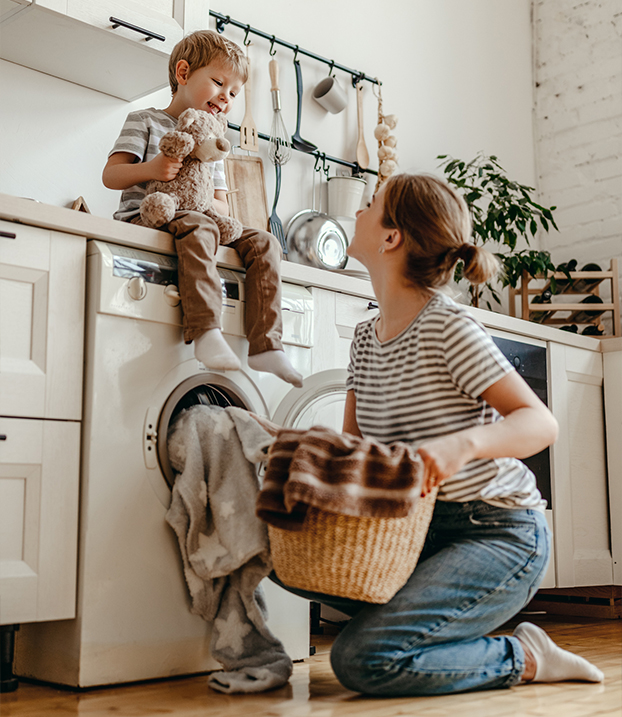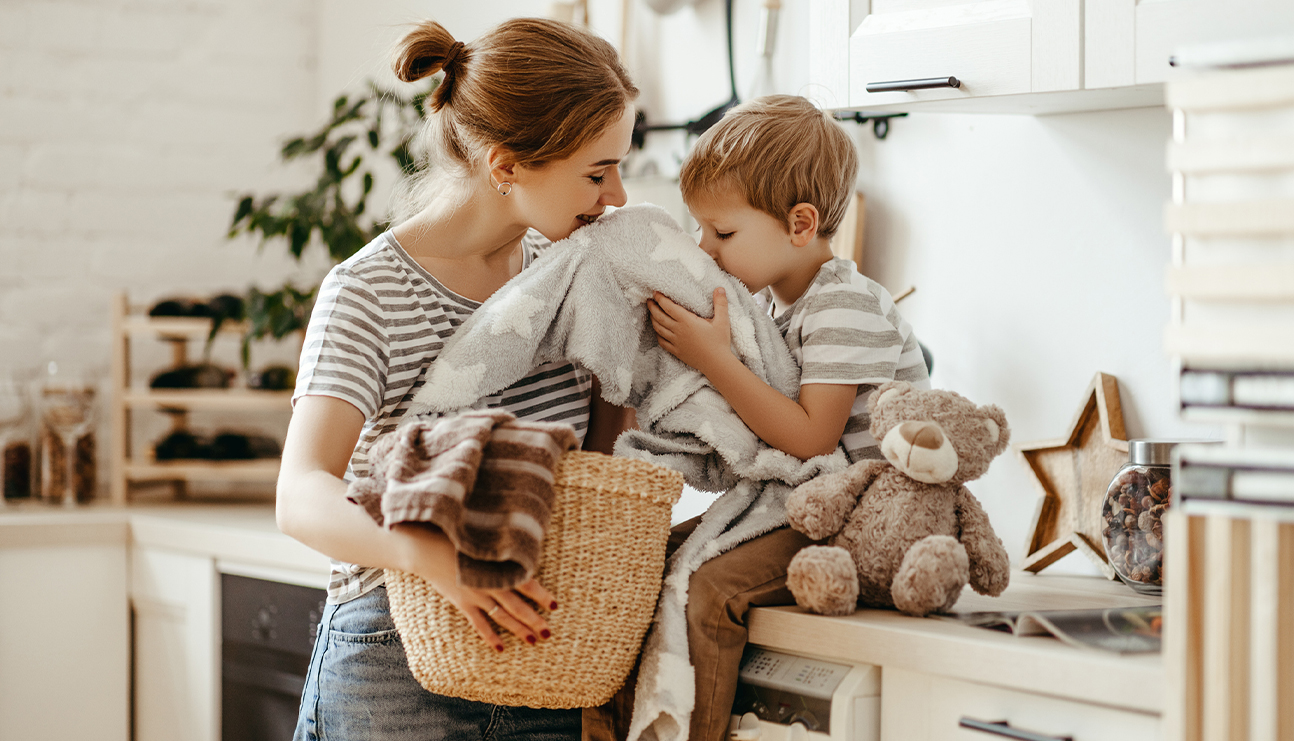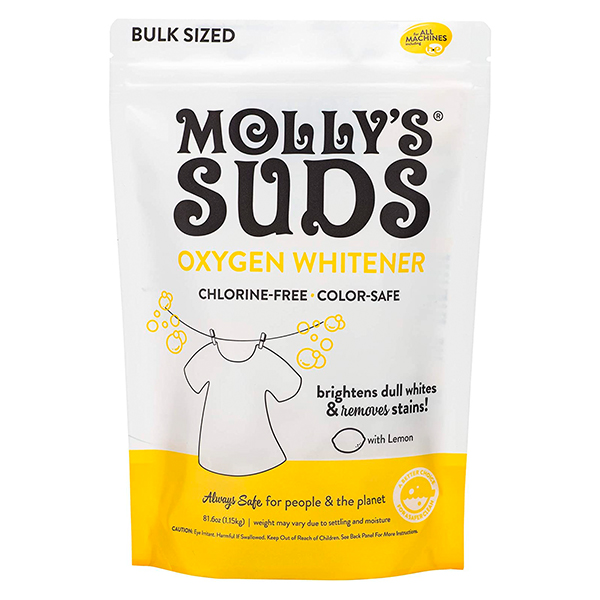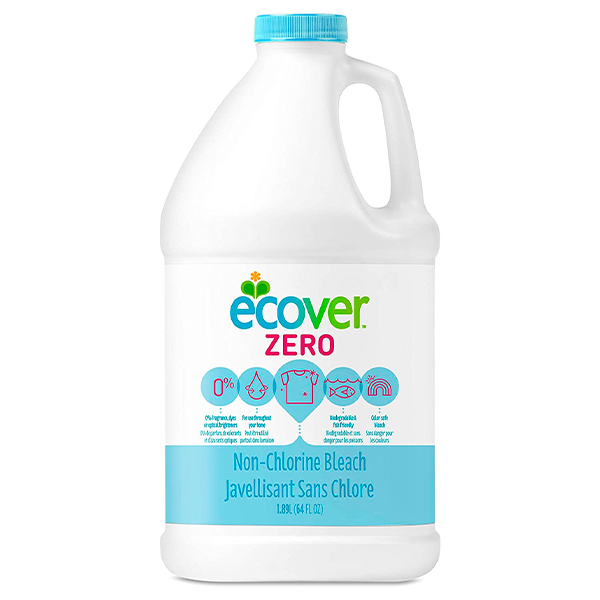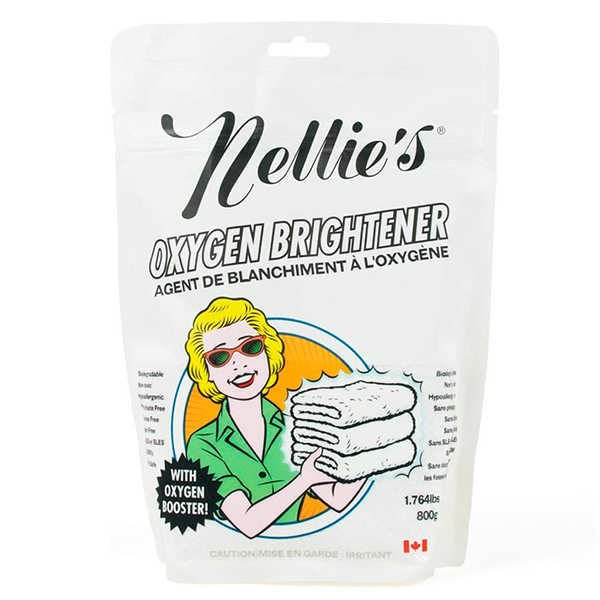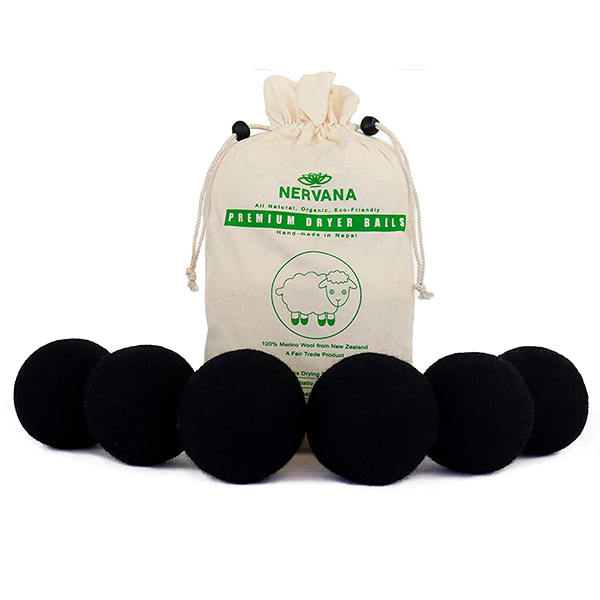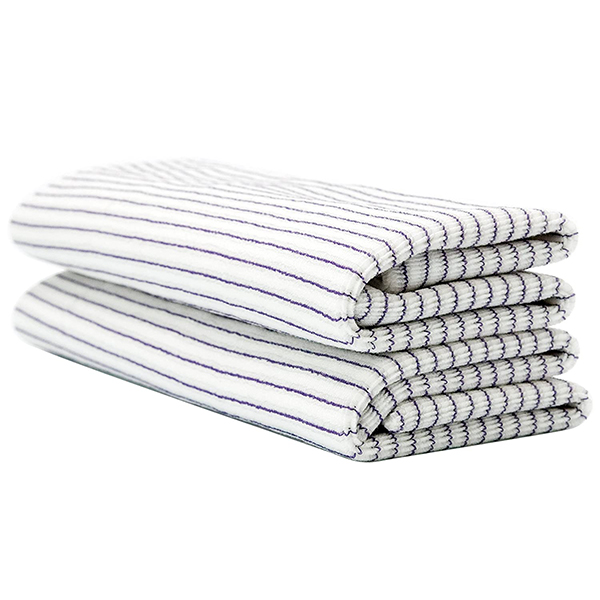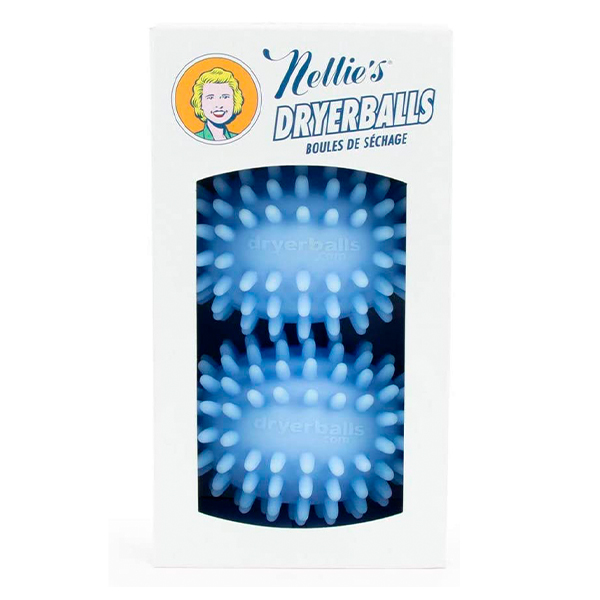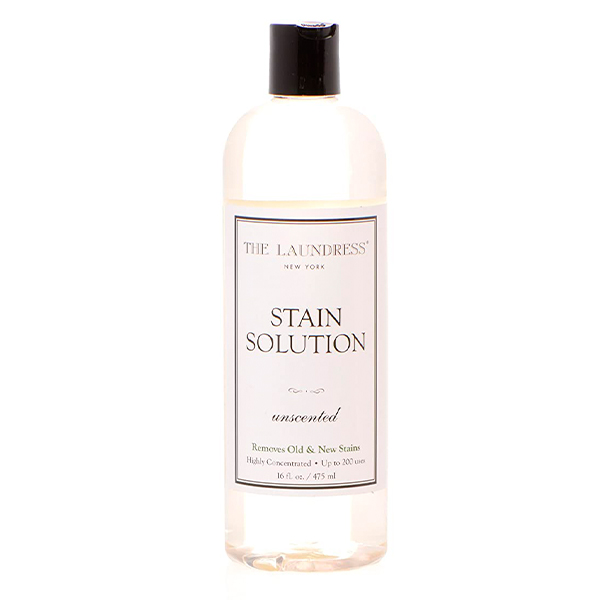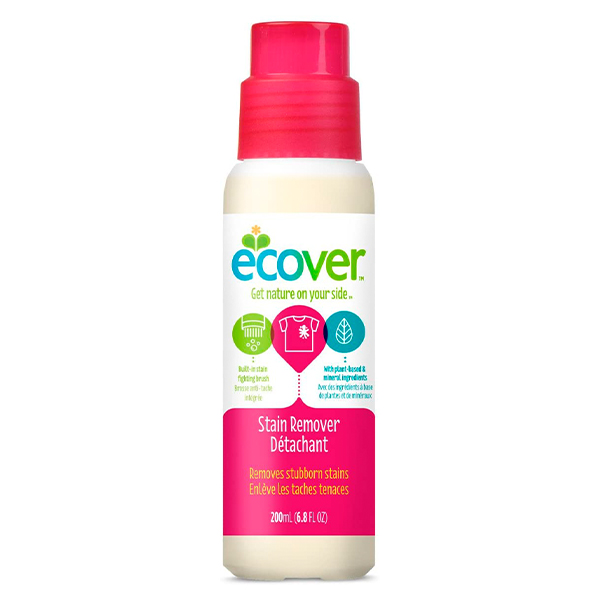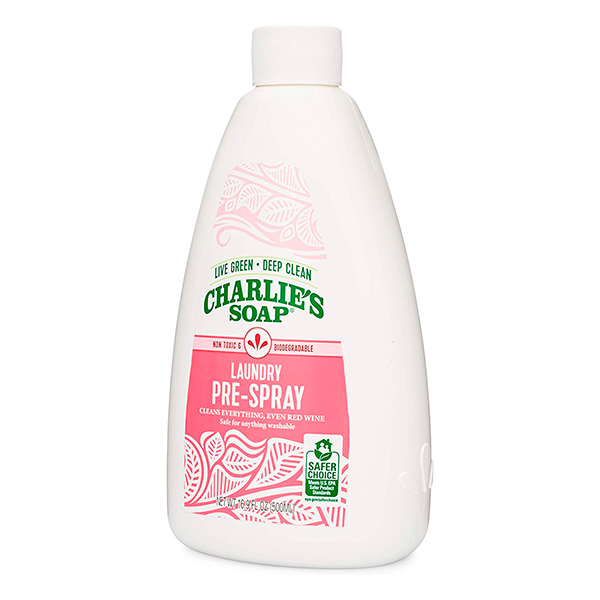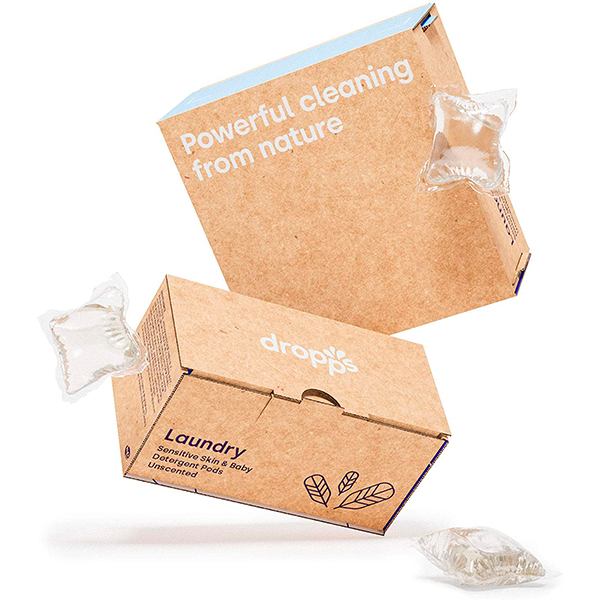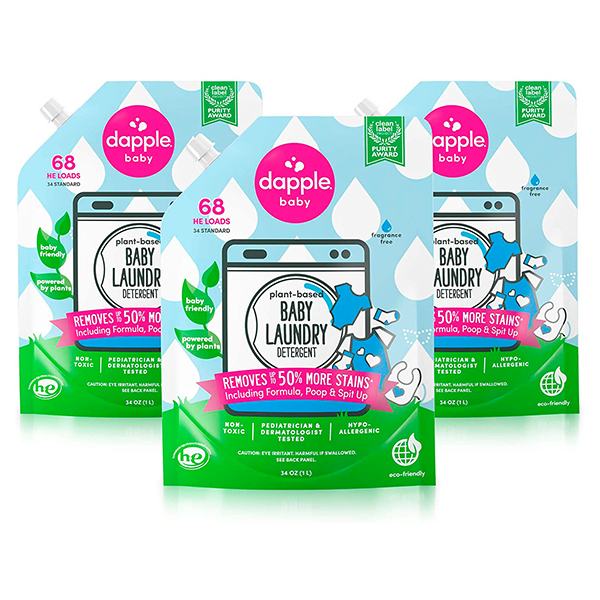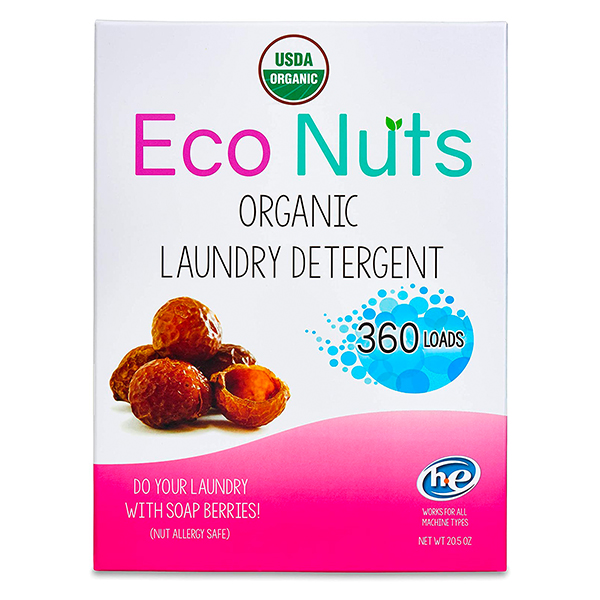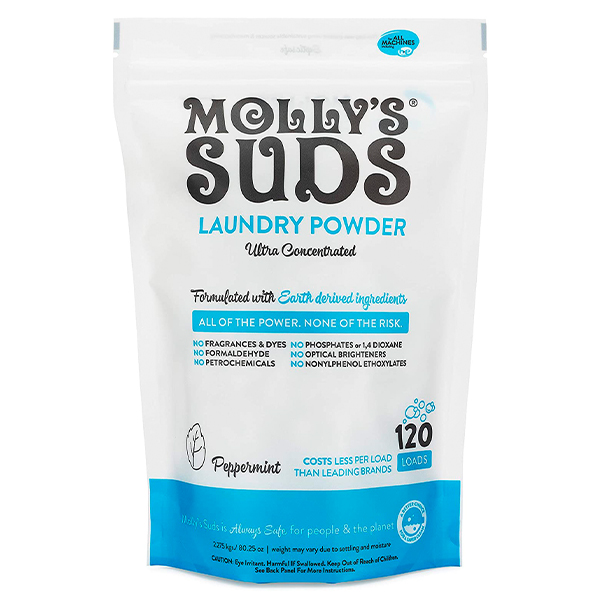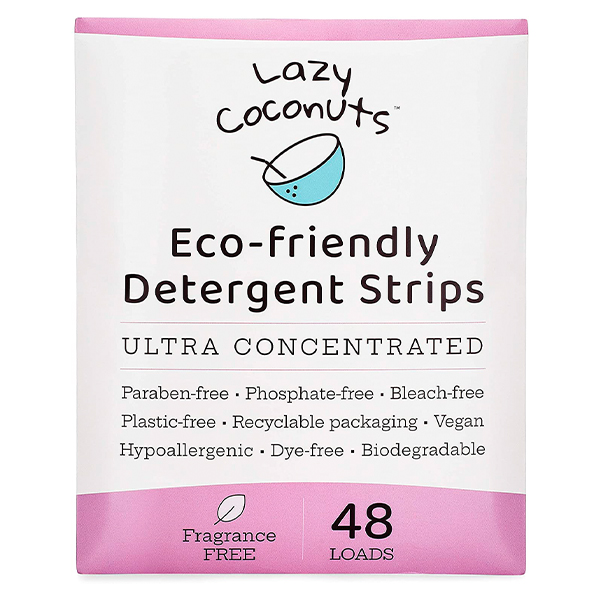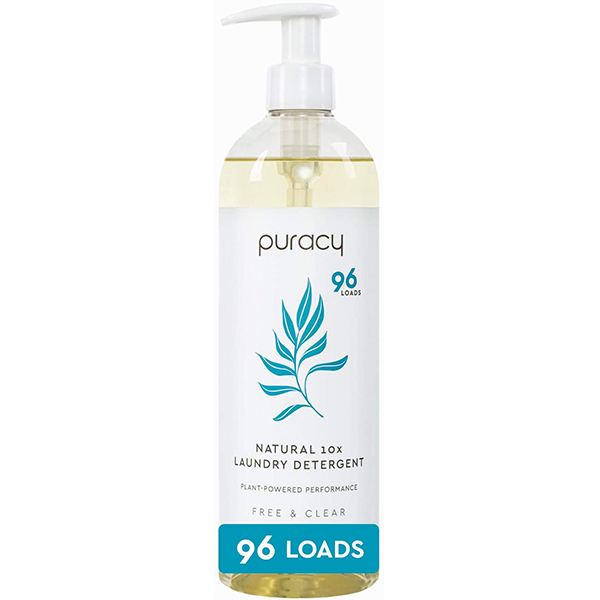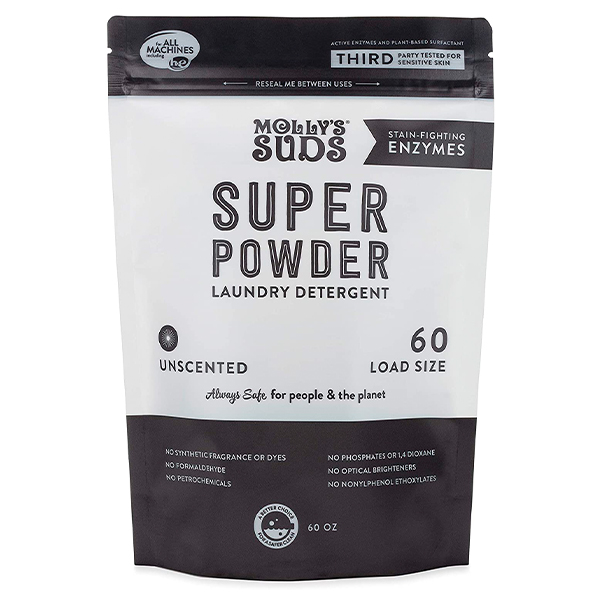The Maed Guide to Detoxing Your Laundry
MAED Editors
You’ve cleaned up your deodorant and makeup, you’ve tossed out your old chemical-based household cleaners—there’s nothing left to do other than sit back and bask in your new uber-clean lifestyle, right? Well, you might not quite be done yet if you haven’t done a laundry room detox.
Think about it: you might use that neon blue window cleaner once or twice a week, but your clothes come in direct contact with your skin every single day. The products you use to wash and dry your clothes matter a lot.
The Real Deal About Detoxing Your Laundry
Start doing some research on clean, green laundry products and you’ll quickly see that detoxing your laundry is easier said than done. There’s a sea of options available, but do some digging and soon you uncover accusations of greenwashing, so you switch to a new detergent that has all the green bona fides you’re looking for—but it doesn’t actually do the job. It’s enough to make you want to tear your hair out.
So here’s the deal: like everything with Maed, it’s about the best of the best for you. There is no such thing as the perfect clean laundry detergent, so the best place to start is by deciding the ingredients you want to avoid in your products (more on that below). Once you have your priority list, you can find products that fit what you need, rather than focusing on finding that elusive product that 99 out of 100 random internet people will approve of.
Laundry Product Ingredients to (Potentially) Avoid
Here are some of the most controversial ingredients in laundry detergent, dryer sheets, and fabric softener:
Sodium Lauryl Sulfate
Sodium lauryl sulfate acts as a foaming agent in laundry detergent. You probably recognize its name from shampoo bottles, along with its cousins sodium laureth sulfate and sodium coco sulfate. The latter two are often found in green laundry detergent, and while they’re not necessarily bad news, they can irritate sensitive skin. If you have eczema, psoriasis, or other skin issues, you might want to avoid all of these ingredients. Don’t have sensitive skin? There’s no reason to be wary, then.
Artificial Fragrance
Switch to natural laundry products and after a while, the smell of the conventional stuff will start making you feel sick. It is so strong, and that’s thanks to the artificial fragrance manufacturers add to their products. Most artificial fragrances contain phthalates, and there’s plenty of evidence for why these chemicals should be avoided. In addition, if you have sensitive skin, artificial fragrance can cause irritation.
Optical Brighteners
You know all of those laundry detergent ads that boast of getting your whites whiter? It’s optical brighteners that accomplish this, but they’re best avoided because there is evidence that when they reach waterways, they do harm to aquatic life. Rarely, optical brighteners can also cause skin reactions, but the bigger concern here is environmental.
Chlorine
You’re probably familiar with all the potential hazards of using bleach. Even if you’re super careful and use it properly, you may still find yourself with irritated eyes or a headache after you’ve opened up a bottle to pour into your washing machine. Cleaning your home with bleach is more risky than using it in the laundry since chlorine is particularly bad for your lungs, but still, do you really want such a strong chemical in your home when there are safer alternatives? Probably not!
Cleaner, Greener Laundry Products to Try
So now that you’ve decided what you want to avoid in your products, here are some alternatives that will help you detox your laundry once and for all.



